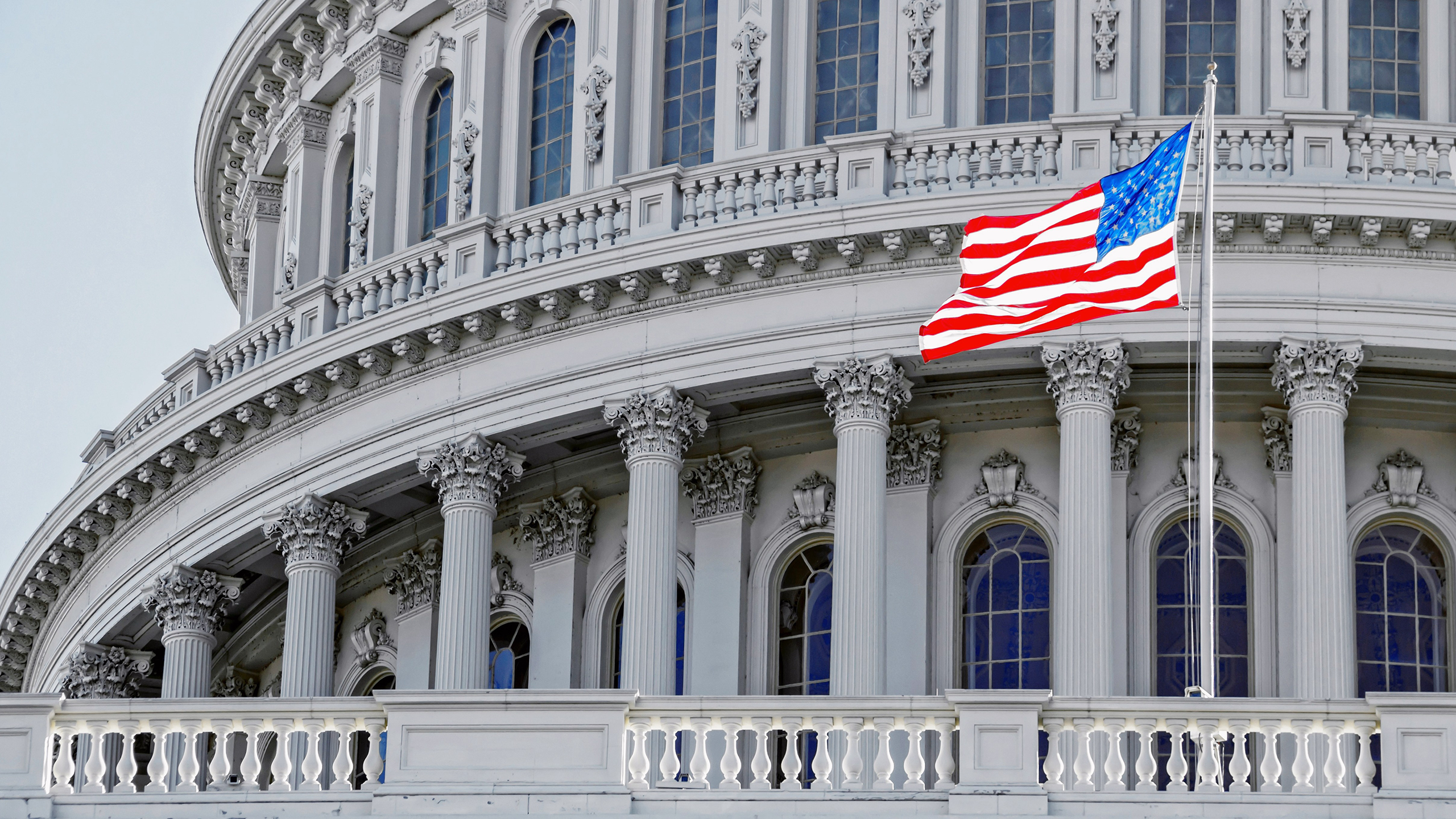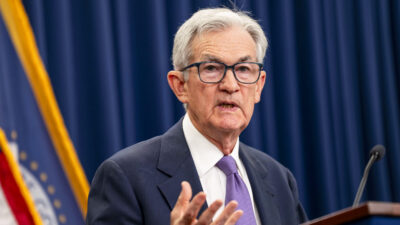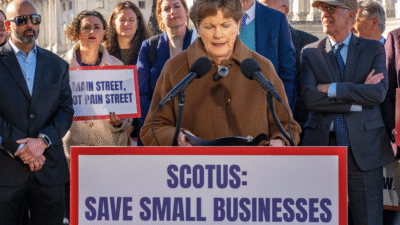Gold Shines, Treasurys Lose Luster as US Credit Score Weakens
Some investors warn that Moody’s and other agencies have understated the risks posed by the US government’s finances.

Sign up for smart news, insights, and analysis on the biggest financial stories of the day.
Stock markets were unmoved on Monday by Moody’s decision to downgrade its rating of US debt — the S&P rose 0.09%, the ticker equivalent of a yawn.
That’s because Moody’s rationale for the cut was less surprising than fireworks on the Fourth of July. However, the knock-on effects on Treasury markets may impact consumers and interest rates, and some investors warned that Moody’s and other agencies have understated the risks posed by the US government’s finances.
Tell Us Something We Don’t Know
Moody’s downgraded the US credit rating by one notch to Aa1 from Aaa late Friday, citing two things: over a decade of US administrations and congresses, helmed variously by both parties, racking up trillions in deficit spending (last year’s deficit was $1.8 trillion, equal to 6.4% of GDP) and skyrocketing interest payments on the $36.2 trillion national debt (the average interest rate on US debt is a historically high 3.289%).
In doing so, Moody’s became the last of the three major credit rating agencies to downgrade the US from its highest possible rating, following Fitch in 2023 and Standard & Poor’s in 2011. Not only was its decision unsurprising, but the previous downgrades didn’t derail America’s performance as an economic powerhouse. As Bank of America analysts wrote in a note Monday, the downgrade “doesn’t tell investors anything they don’t already know about the US’s fiscal woes.”
Yeah, $36.2 trillion is a lot, we know. But a downgrade, even one so obvious, still has notable implications. When a country’s credit rating goes down, its cost of borrowing generally goes up because it’s seen as a bigger risk for creditors, who want higher interest rates in return. On Monday, the 30-year Treasury bond yield climbed to 4.937% by the close of trading. For consumers, that matters because Treasury bonds influence rates on credit cards, auto loans, and 30-year fixed mortgages. There are also some investors who think the downgrade doesn’t sufficiently capture the troubled state of US finances:
- “Credit ratings understate credit risks because they only rate the risk of the government not paying its debt,” tweeted Bridgewater Associates founder Ray Dalio. “They don’t include the greater risk that the countries in debt will print money to pay their debts, thus causing holders of the bonds to suffer losses from the decreased value of the money they’re getting.”
- As for how politicians are dealing with debt, the House Budget Committee approved President Trump’s tax and spending bill on Sunday. Economists have broadly projected that the proposal, which includes more tax cuts and spending increases than reductions to offset them, will add trillions in debt in the coming decade — not the direction Moody’s is looking for.
Shiny Old Object: When economic uncertainty hits, it’s gold’s time to shine. The safe haven asset, up 23% this year, climbed 0.9% Monday to $3,229.51 an ounce on the spot market. Even before the Moody’s downgrade, Goldman Sachs analysts last week projected the precious metal will reach $3,700 an ounce by the end of the year — $3,880 if there’s a recession.











